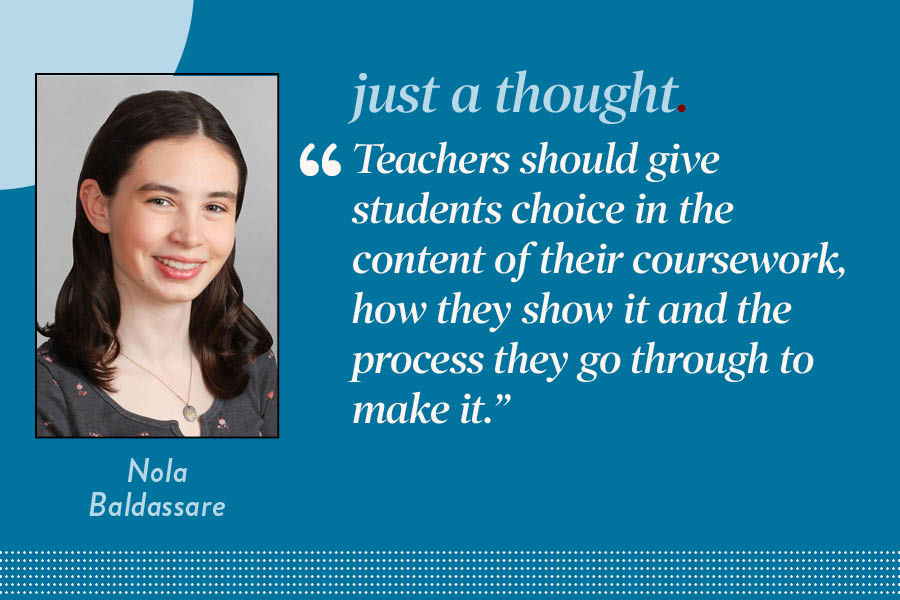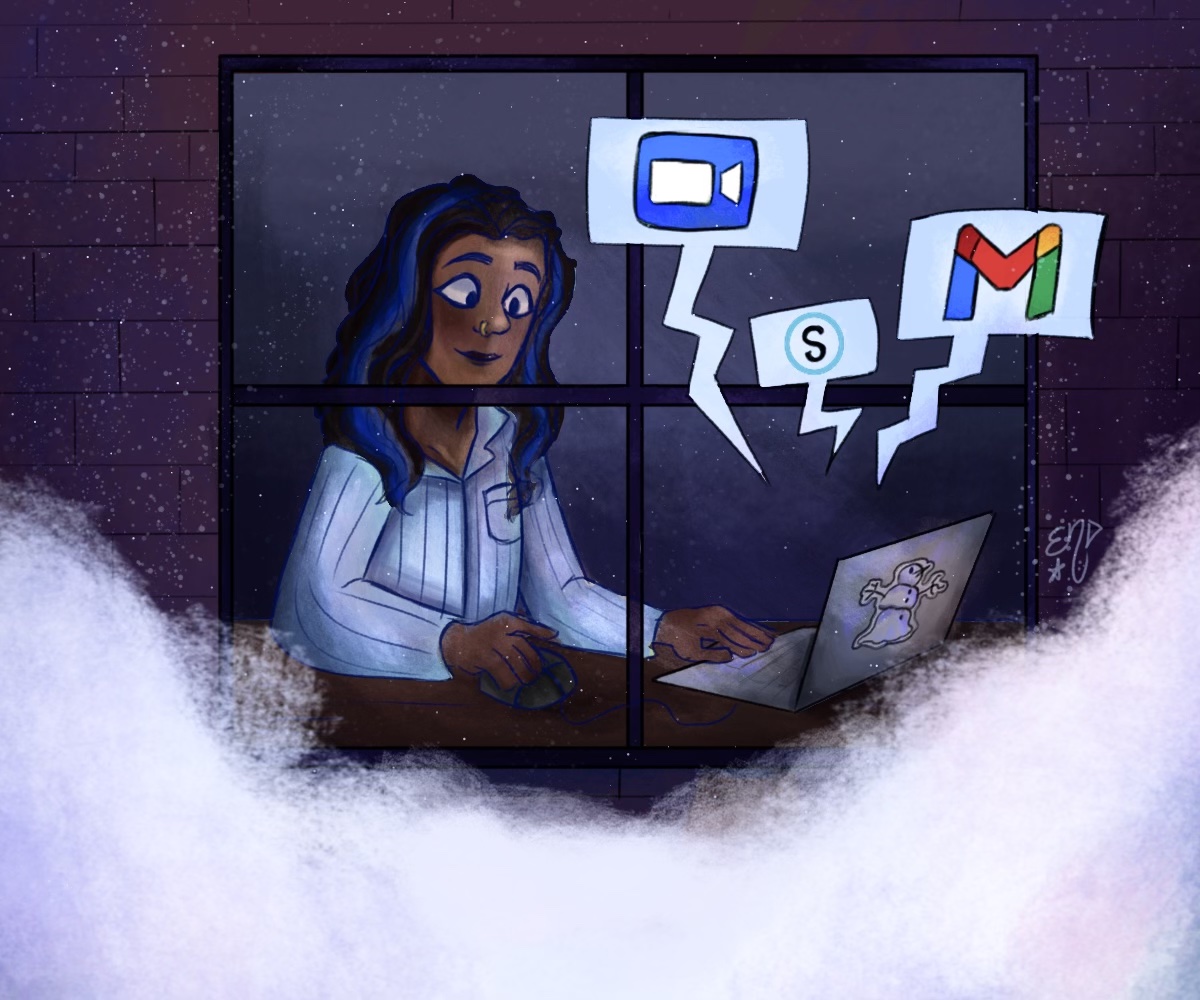As U-High students looked out of their windows on Friday, Jan. 12, they were met with flurries of freshly fallen snow and the promise of a day off from school. The extra day turned into a five-day weekend, from Friday to the following Tuesday.
However, having realized the missed time would affect their schedules for the upcoming end of the semester, teachers assigned remote schoolwork that Tuesday. The process was effortless and quick, with most teachers having assignments up by noon.
Many of them say their habits — and students’ habits — from the pandemic are what made the procedure so easy to manage.
“I think what the pandemic trained kids to do, which I really appreciate, is now they do look at Schoology in those situations,” English teacher Mark Krewatch said. “The fact that students and teachers learned how to do that for an extended period of time certainly makes it easier to do now.”
During the pandemic, most departments adapted by simplifying some elements. Use of Schoology became the norm. Teachers learned to work on Zoom. And faculty members say they were forced to cut topics from their curriculum.
In January, when students unexpectedly got the five-day break from school, some teachers assigned reading or essay pre-work, and others, like AT Chemistry teacher Zachary Hund, uploaded video lessons with accompanying homework.
Except, his videos weren’t new. Over the pandemic, he made a whole year’s worth of videos for his classes, and now finds them to be a useful tool when he or his students are absent but don’t want to fall behind. While they’re useful in unpredictable circumstances, and he’s glad he found such a resource through the pandemic, he would never voluntarily go back to the online format.
“I teach because I like being in the room and working with students, and a lot is lost in translation. I get Zoom is still kind of the same language, but it’s a different language; the tone is different, the attitude is different, the focus from students,” Dr. Hund said. “I’m definitely someone who wants to use body language, and it’s really hard to do that over Zoom, so I will always take in-person teaching over virtual.”
As useful as the tools teachers learned from the pandemic have proven in emergencies, including snow days, no one wishes to return to that period, when in-person classes were canceled for months. The impacts from it, teachers said, still linger.
“I feel like things are back to somewhat of a baseline. The expectations, the format, everything has kind of returned to normal,” Dr. Hund said. “I think I still try to be very aware of students’ mental health because it was so much in focus in that two- to three-year period that I don’t want to forget that students are still dealing with a lot in high school. My classes feel like normal, but I do continue to appreciate the in-person time because I know just how much better it is than being on Zoom.”
While the threat of another lockdown still lingers, the adaptive resources and skills teachers gained over the pandemic still prove useful, especially in case of future emergencies. The Wednesday after the sub-zero asynchronous work day, students returned to school, and all was back to normal.





















































